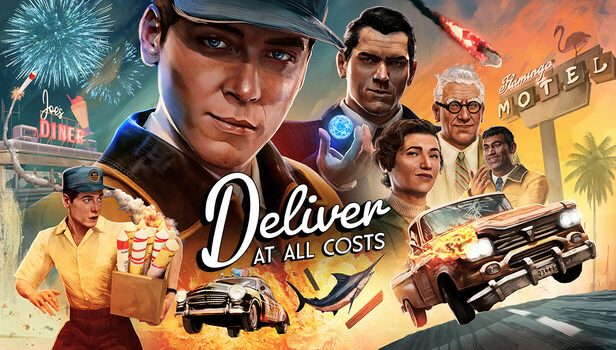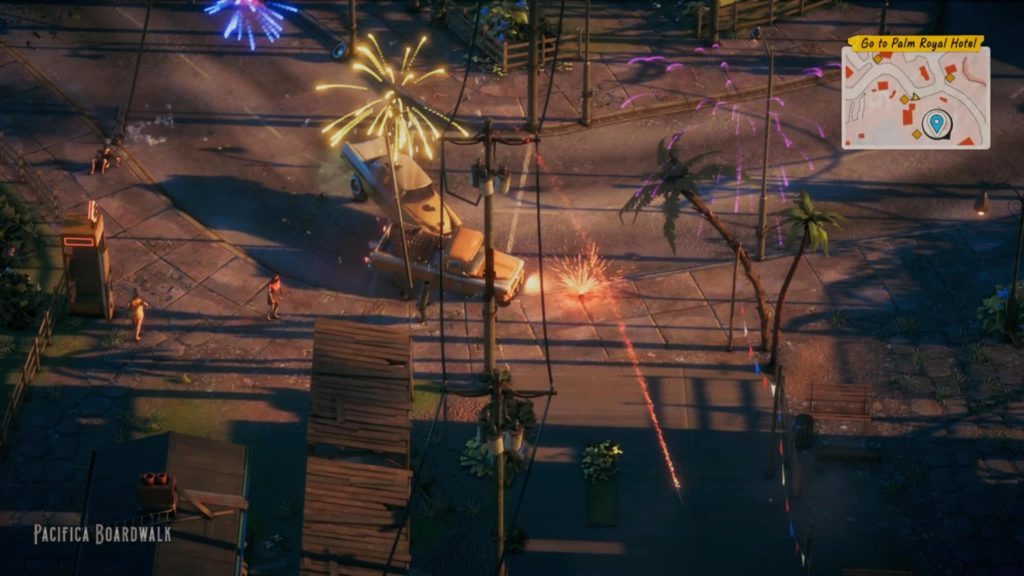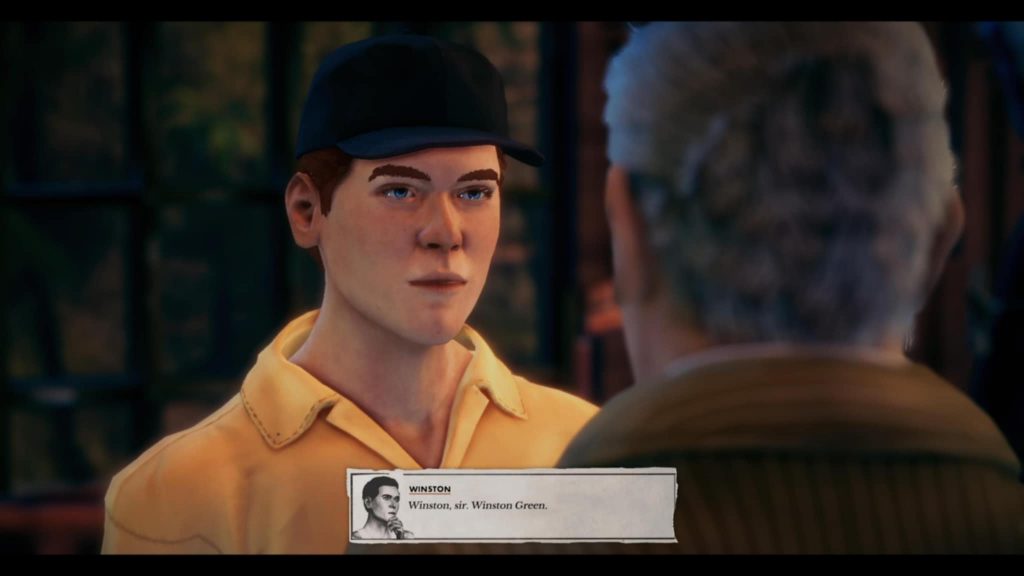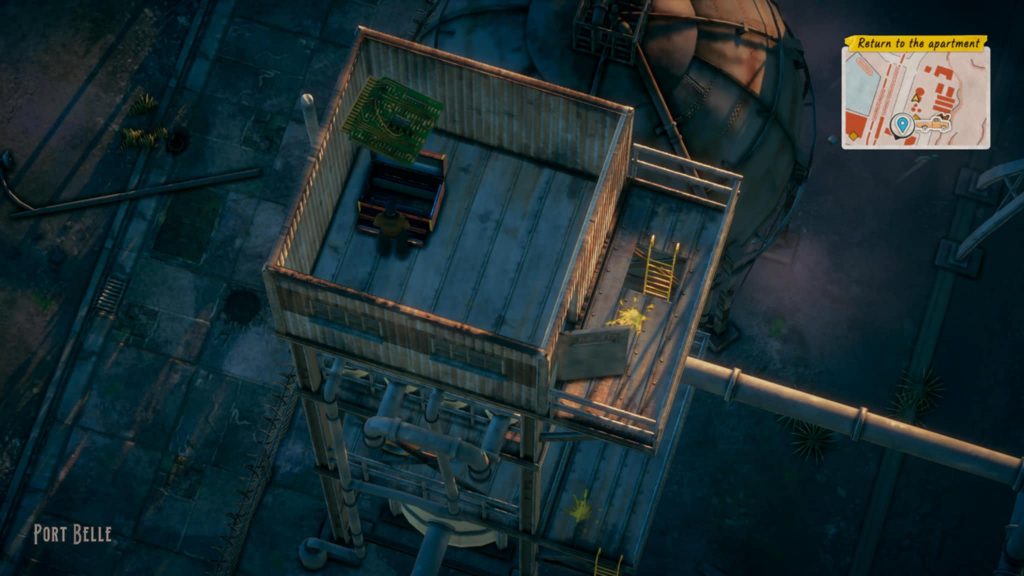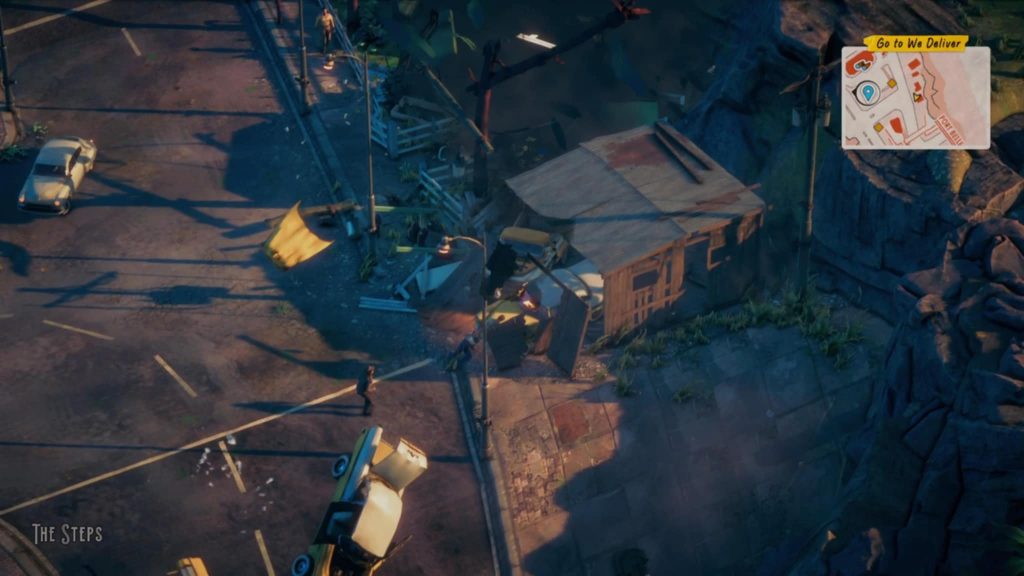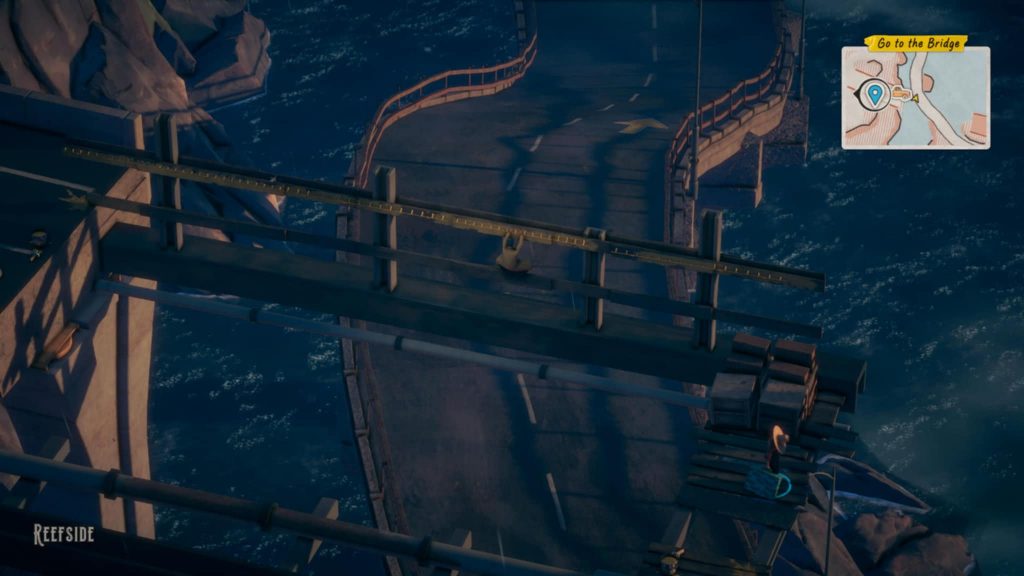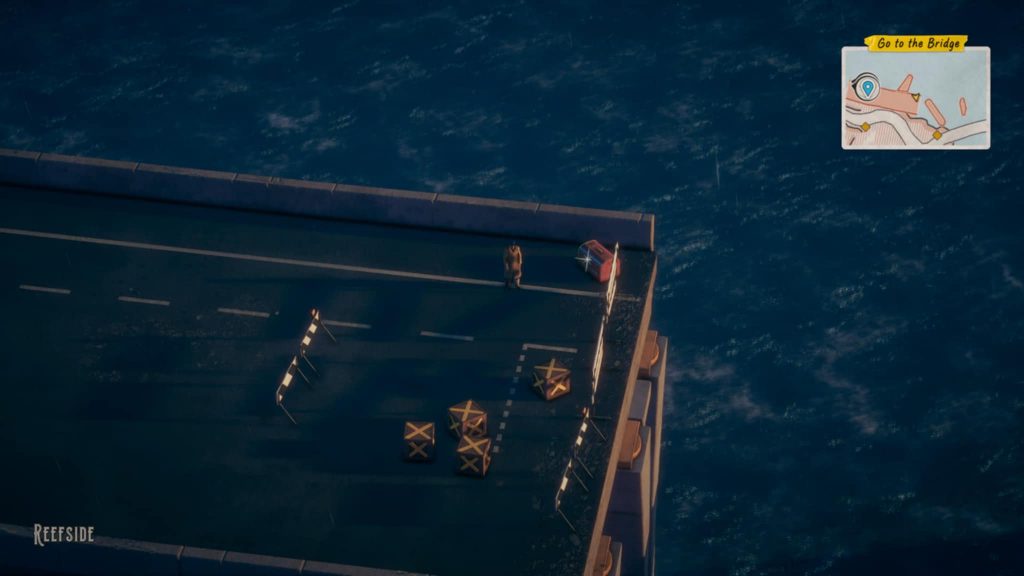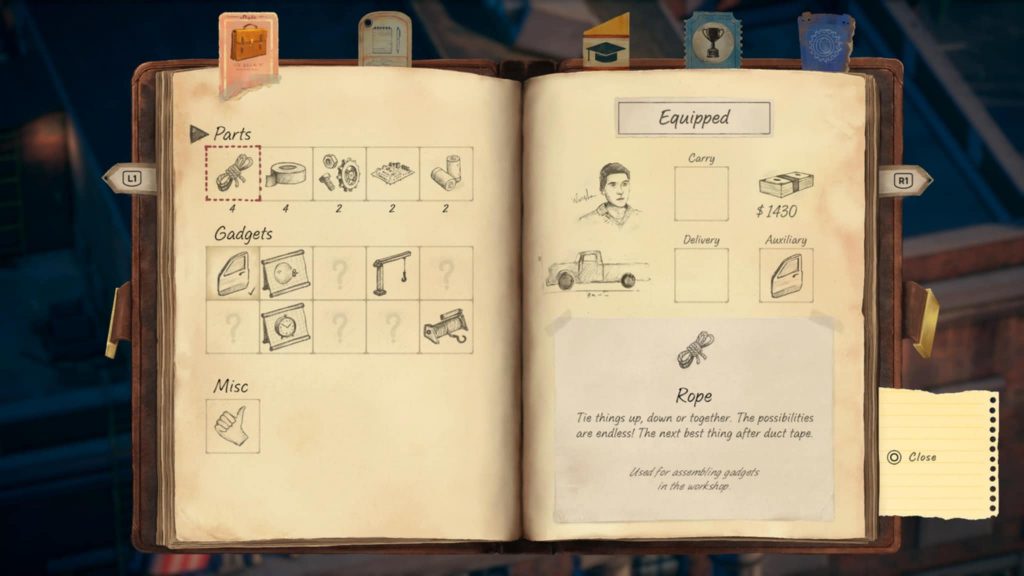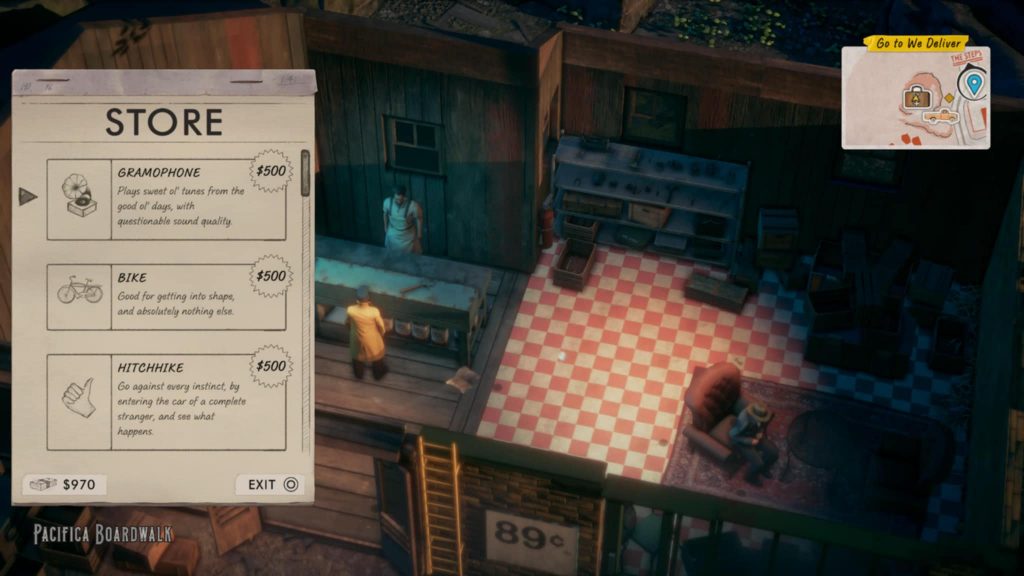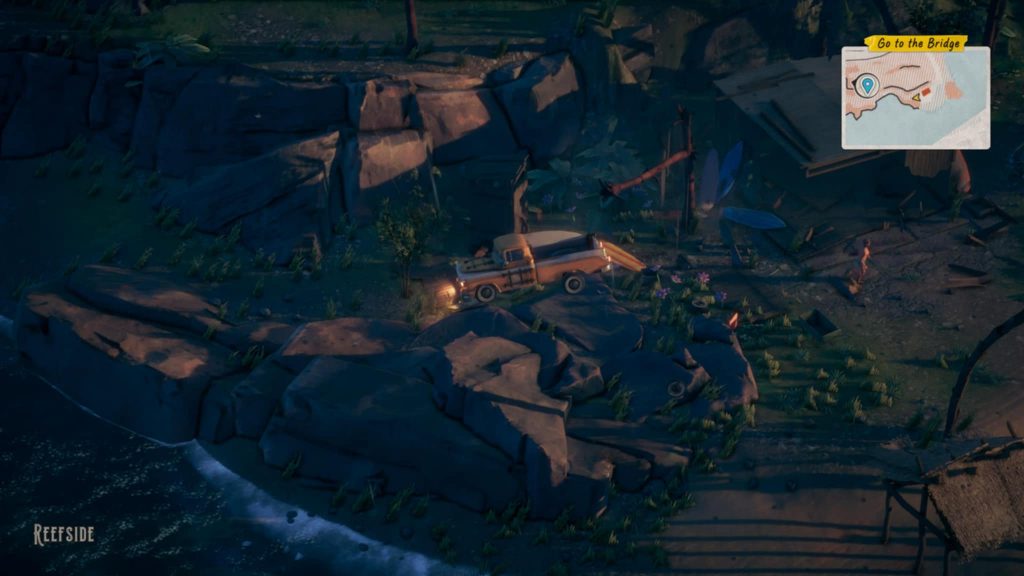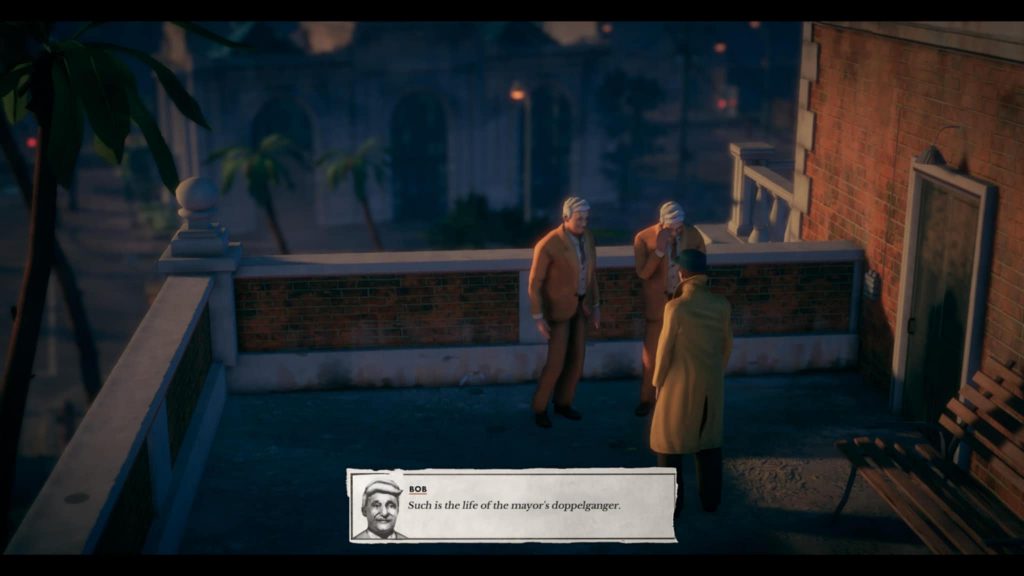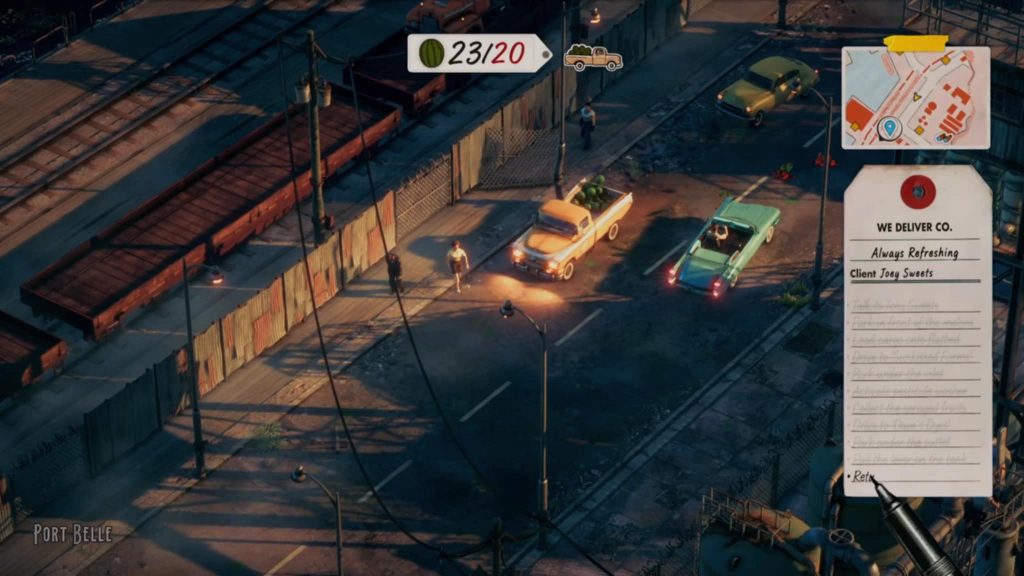Deliver At All Costs Review (PS5)
Summary: Deliver At All Costs is a chaotic, heartfelt, and refreshingly creative adventure, worth checking out for anyone tired of formulaic design.
3.5
Crash Courier
Deliver At All Costs is an action-adventure delivery game that takes a wildly creative approach to the courier genre. Developed by Far Out Games Studio and published by Konami, the title launched on May 22nd, 2025, and wastes no time throwing players into its offbeat 1950s world. With its combination of physics-based chaos, isometric traversal, and delivery-centric gameplay, it stands out as one of the more eccentric and engaging indie games released this year. Whether you’re transporting fireworks that explode in real-time or trying to keep watermelons from bouncing out of your truck, the game constantly throws curveballs at you. You’re not just getting from point A to point B, you’re surviving the weird ride in between.
The story follows Winston Green, a former engineer who’s fallen on hard times and is about to be evicted from his apartment. Out of desperation, he takes a job with a bizarre local delivery company aptly named “We Deliver.” What seems like a straightforward courier gig quickly spirals into absurdity, with missions involving wild customers, collapsing infrastructure, and cargo that defies logic. The narrative leans into its 1959 setting, with retro-futuristic tech, old-school vehicles, and dialogue that reflects the era’s tone and cadence. While not particularly deep, the story does a solid job anchoring the gameplay with humor and just enough emotional grounding to care about Winston’s journey and rightfully aligning with 1950s conspiracies and suspicions.
The 1950s aesthetic goes beyond visuals by being baked into the game’s core mechanics and design choices. You’ll use payphones to summon replacement vehicles, use radios for a variety of purposes, and drive period-authentic cars that control as clumsily as you’d expect. The isometric camera angle gives the game a distinctive look, offering a fixed yet flexible view of the world. You can toggle between two camera angles, which becomes useful for spotting secrets or planning routes. However, this same camera can occasionally work against you, especially when elevation or environmental clutter obscures your path.
The tank controls are another divisive design decision that feels somewhat appropriate for this type of game, but unintuitive. Even as a seasoned gamer, I found myself frequently turned around or stuck trying to reposition during tighter missions. While these controls eventually become manageable, the learning curve may be frustrating for some players. They make perfect sense thematically, aligning with the game’s old-school vibe, but they’re not as fluid as modern control schemes. Once you adapt, however, they add to the challenge in a way that makes successes feel earned rather than automatic.
Gameplay centers around completing increasingly ridiculous delivery missions, each with its own obstacles and rules. You’ll find yourself transporting unstable fireworks that actively go off en route, or trying to deliver a bed full of rolling watermelons that bounce out at the slightest bump. Cars can break down mid-delivery, requiring on-the-fly repairs like fixing a tire or completely switching vehicles. The destructible environment plays a big role in these missions, adding unpredictability and tactile fun. Crashing through shacks, fences, and debris sends particles flying and sometimes even your cargo with them, creating hilarious and frustrating moments in equal measure.
The ability to hop into any parked car adds a layer of freedom to the gameplay loop. If your vehicle breaks down or isn’t suitable for the terrain, you can simply find another and drive off. The company cars can also be respawned from payphones, allowing for quick recovery without halting your progress. While not a fully open world, the semi-open structure gives you space to explore and improvise. Players are often rewarded for curiosity, whether through shortcuts, hidden items, or alternate mission routes.
Outside of deliveries, there’s plenty to discover in the world. You can exit your vehicle at any time to explore rooftops, climb structures, and uncover hidden chests filled with resources and money that you can spend at the store. There are several side quests peppered throughout the game, like locating a lost item for a customer or identifying someone’s doppelganger in a distant area. These side tasks often include platforming or puzzle-solving elements that diversify the gameplay. It’s in these quiet moments of exploration that the game shows its charm, encouraging players to take in the environment rather than rush through it.
Blueprints and vehicle unlocks introduce progression mechanics that tie into both the story and gameplay. By completing missions, you can acquire special upgrades like a winch to haul objects or a powerful horn that shatters glass. These tools are primarily used in specific story missions or just fun destructible items, though they add a sense of customization and tactical advantage. Unlocking new vehicle types also brings variety, each offering different handling and utility suited for different tasks, but mostly for entertainment. While these upgrades aren’t deeply customizable, they serve their purpose and contribute to mission replayability.
Visually, the game is a mixed bag. The environments are beautifully lit and brimming with character, with great use of light and shadow to capture the golden-hour ambiance of the 1950s. However, character models are noticeably stiff and lack polish, which can detract from cutscenes. That said, the moment-to-moment action is rarely impacted by these visual limitations. The vibrant color palette and attention to period detail more than make up for the lower character fidelity. It’s a world that feels handcrafted and lived in, even when the animations occasionally feel off.
Unfortunately, dialogue is where the game stumbles more noticeably. While some lines are well-written and even touching, the voice direction and sound mixing are inconsistent. Conversations often sound stilted, with characters delivering lines in strange rhythms. Lip syncing is also poor, which makes certain cutscenes harder to take seriously. To make matters more awkward, the game isn’t clear on how to skip individual lines. Pressing the cross button on the DualSense controller brings up the R3 prompt that says to hold it down to skip the scene. Pressing any other button won’t do anything. It wasn’t until halfway through my playthrough that I realized that just pressing, not holding, R3 after this prompt comes up, skips individual dialogue lines. It’s nothing to scoff at, but I found this odd from a design perspective.
Replay value is decent enough. Besides taking up side quests or finding all of the different viewpoints, you can replay main missions to try to beat your previous times, and many have multiple paths or shortcuts to discover. The game subtly encourages you to find the most efficient route while still leaving room for hilariously unplanned detours. These replays also serve as good practice for mastering the controls and camera, which improves the experience overall. Even after the story ends, there’s satisfaction in simply revisiting the world and experimenting with different vehicles and strategies.
Despite its flaws, Deliver At All Costs is undeniably fun. Once you get into the groove, there’s something addictive about doing bizarre tasks for oddball characters in increasingly chaotic circumstances. Even with the occasional annoyance, like awkward camera angles or overly long cutscenes, the game manages to stay engaging through sheer variety and personality. It’s a rare title that rewards experimentation and embraces chaos, making every play session feel fresh. If you’re someone who enjoys games with a bit of jank but a whole lot of charm, this one will probably click for you.
Final Thoughts?
Deliver At All Costs is a strange, scrappy, and ultimately lovable game. It may not have the polish of other titles, but its creativity more than makes up for its technical missteps. From the clever use of retro mechanics to the joyful absurdity of its missions, it’s a game that got its niche down pat. For players willing to meet it halfway, it offers a wild and rewarding ride that’s hard to forget. It may not deliver perfection, but it absolutely delivers fun.


